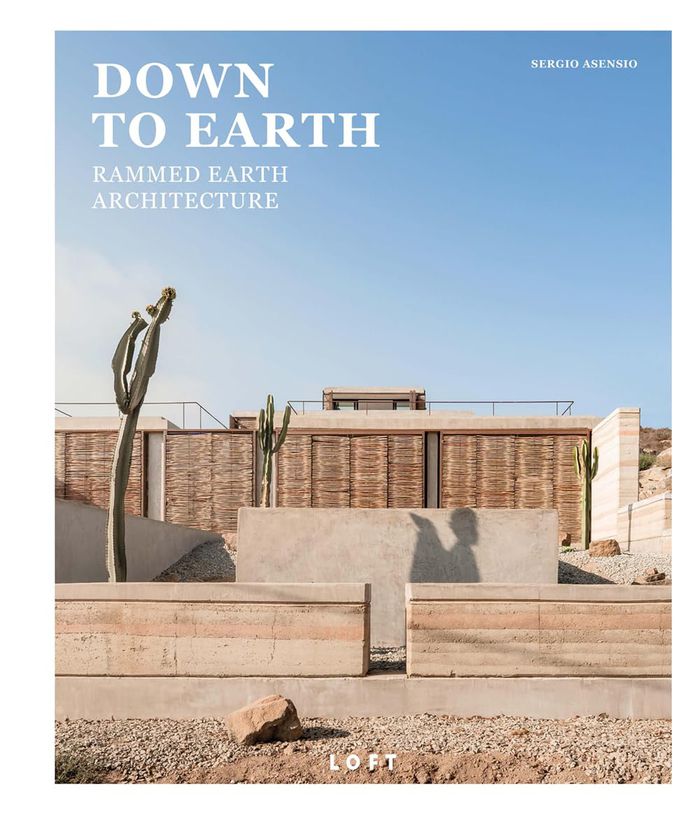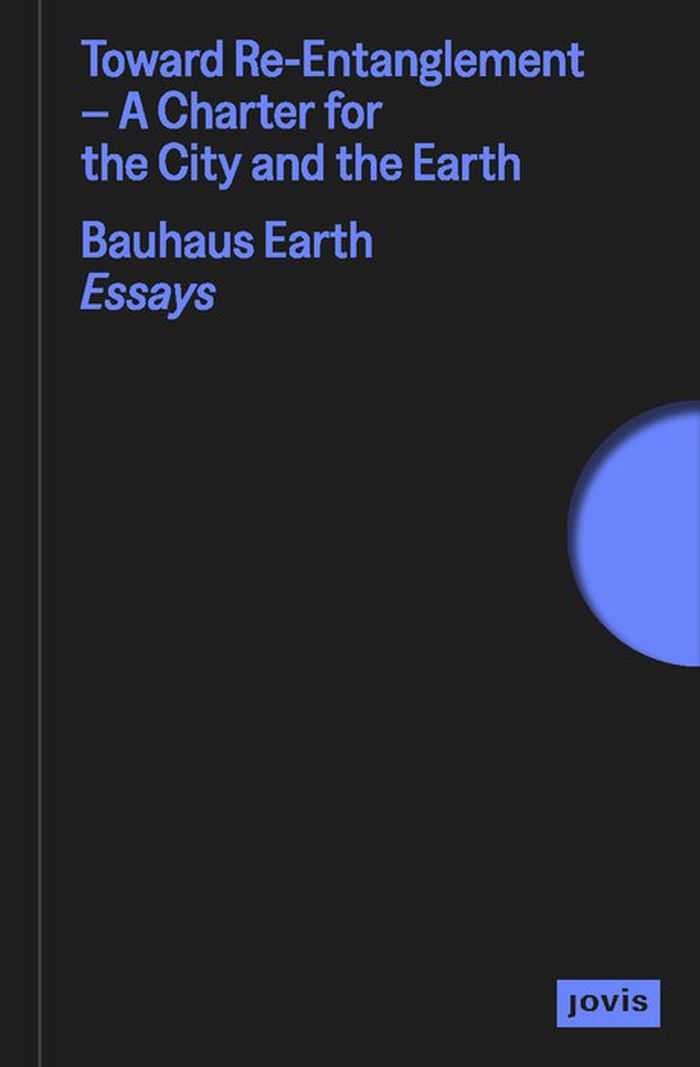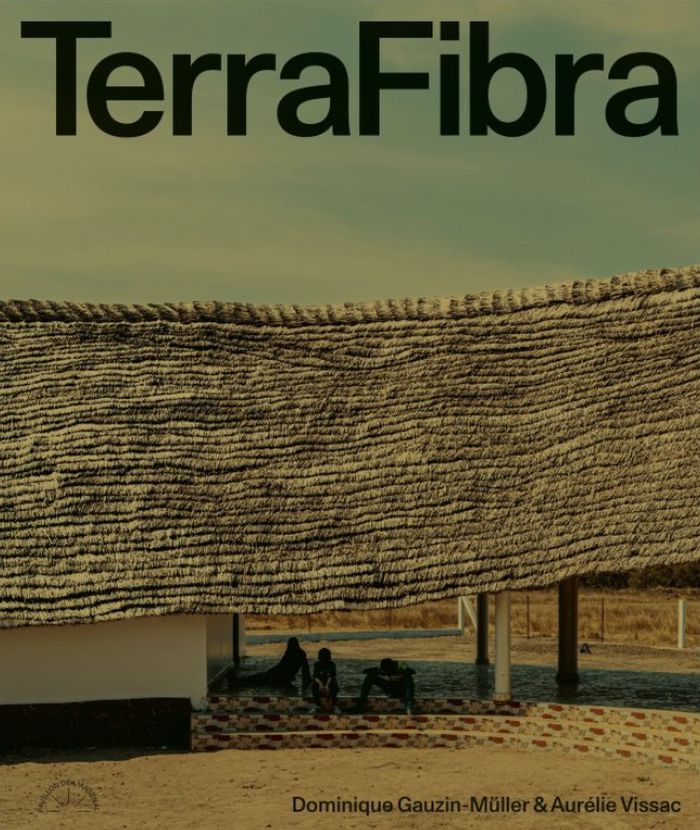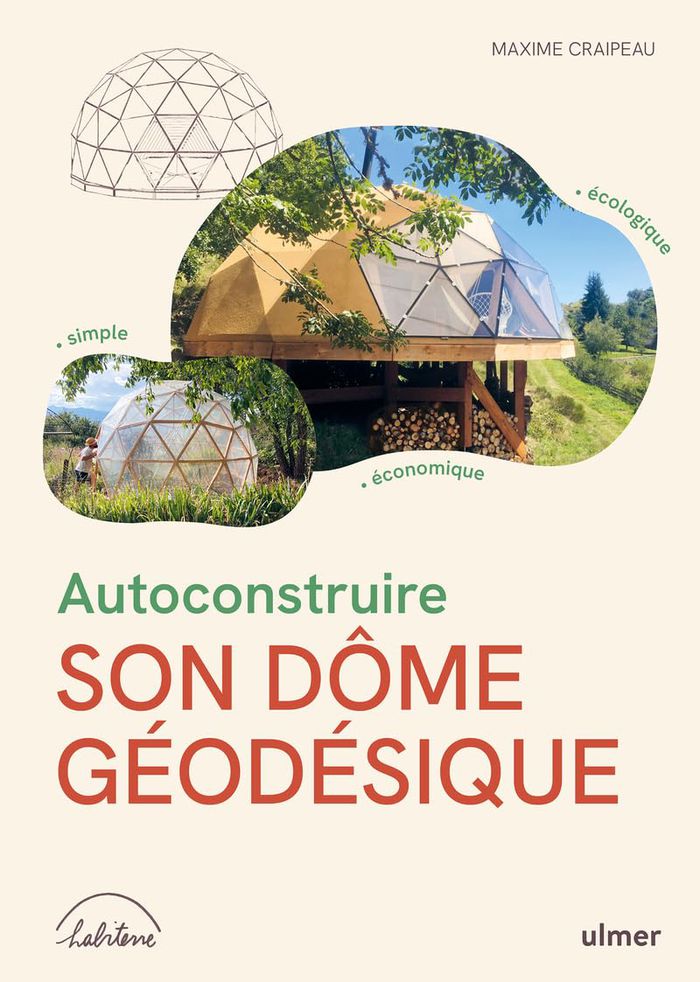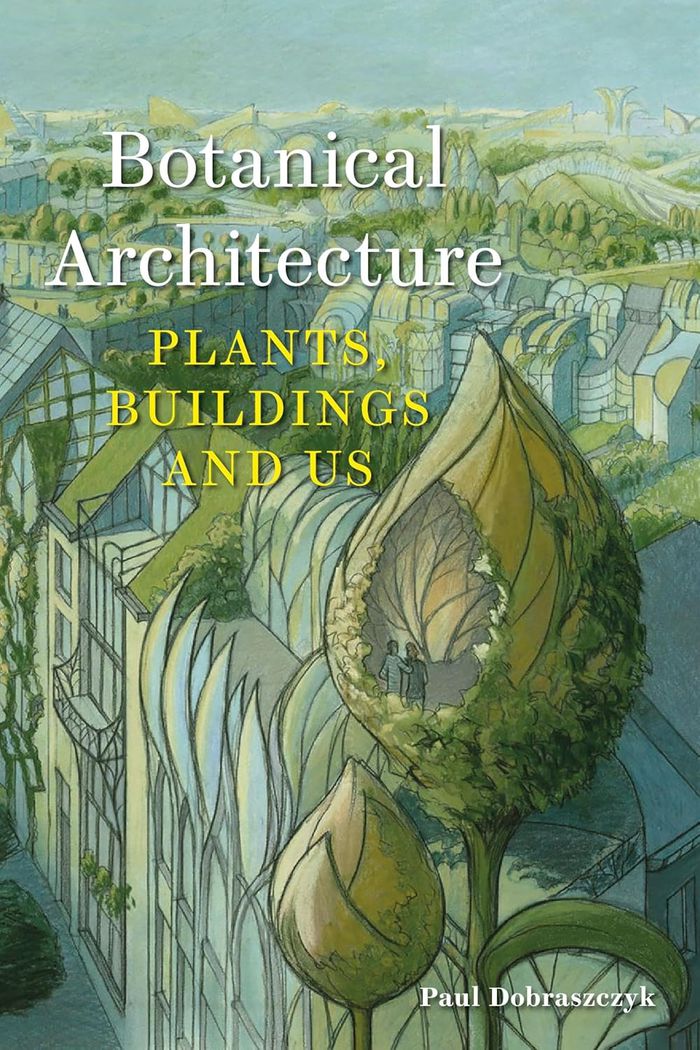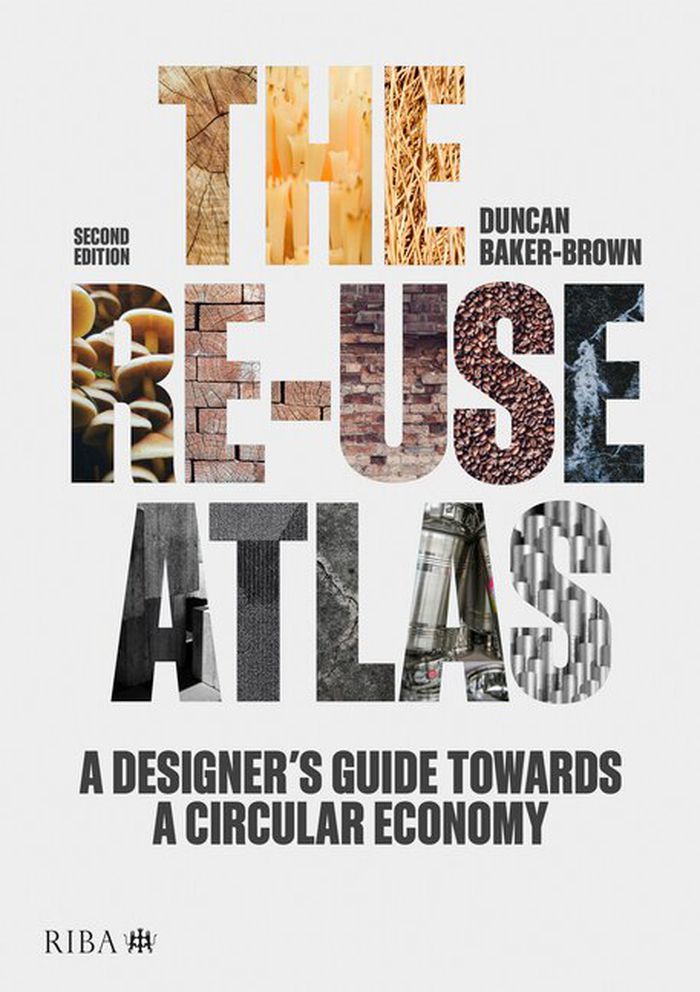$68.95
(disponible en magasin)
Résumé:
An ancient building method that has experienced a renaissance in recent years as people seek greener and more sustainable building materials and construction methods, rammed earth is a wall building technique that uses earth, chalk, lime and gravel as raw materials. Naturally insulating, non-combustible, and durable, they can be labor intensive to construct without(...)
Down to earth: Rammed earth architecture
Actions:
Prix:
$68.95
(disponible en magasin)
Résumé:
An ancient building method that has experienced a renaissance in recent years as people seek greener and more sustainable building materials and construction methods, rammed earth is a wall building technique that uses earth, chalk, lime and gravel as raw materials. Naturally insulating, non-combustible, and durable, they can be labor intensive to construct without machinery and are susceptible to water damage if not properly protected or maintained. Nevertheless, rammed earth buildings are found on almost every continent, in a range of environments from the humid, to the semi-arid and temperate – from simple single-family dwellings to large and complex multistory buildings. Alongside green building considerations, the availability of the natural components and a design suited to local climatic conditions are key factors which favor their use. "Down to earth" is a compilation of some of the most interesting recent examples of this interesting and unusual building technique.
Architecture écologique
$13.00
(disponible en magasin)
Résumé:
Recognizing the dire threats of climate collapse and mass extinction, the global initiative Bauhaus Earth convened a team of scientists, architects, spatial planners, and policymakers from around the world to author a manifesto. ''Toward Re-Entanglement: A Charter for the City and the Earth'' is a call for radical transformation. It challenges all those with a role in the(...)
Toward re-entanglement: A charter for the city and the earth
Actions:
Prix:
$13.00
(disponible en magasin)
Résumé:
Recognizing the dire threats of climate collapse and mass extinction, the global initiative Bauhaus Earth convened a team of scientists, architects, spatial planners, and policymakers from around the world to author a manifesto. ''Toward Re-Entanglement: A Charter for the City and the Earth'' is a call for radical transformation. It challenges all those with a role in the conception, production, operation, and governance of the building sector to address the systemic ecological, climatic, and social impacts incurred by its activities. Twelve principles of "re-entanglement" guide the redesign of the entire life cycle of the urban realm: the reforming and rematerializing of the physical artifacts that comprise it, the reconfiguring of the socioeconomic structures that underpin it, and the reengaging of the bioregions that might sustainably supply it. In this way, the unprecedented convergence of the environmental and social crises we are causing offers powerful opportunities for systemic change.
Architecture écologique
$49.95
(disponible en magasin)
Résumé:
If you were asked to close your eyes and envision where you are happiest, would you picture somewhere inside a building? North Americans are inside buildings for more than 90% of the day. Meanwhile, the indoors are stifling us, sometimes even killing us. Buildings, and the materials that make them up, expose us to materials linked to negative health impacts. The(...)
People, planet, design: A practical guide to realizing architecture's potential
Actions:
Prix:
$49.95
(disponible en magasin)
Résumé:
If you were asked to close your eyes and envision where you are happiest, would you picture somewhere inside a building? North Americans are inside buildings for more than 90% of the day. Meanwhile, the indoors are stifling us, sometimes even killing us. Buildings, and the materials that make them up, expose us to materials linked to negative health impacts. The construction and operation of buildings is responsible for 40% of climate-changing carbon emissions. In the US, the design choices made by the typical architecture firm employee each year can reduce emissions by about 300 times that of an average American. But the promise of sustainable architecture will not be realized if sustainability remains a secondary consideration for architects. What if great design were defined by its ability to cool the planet, heal communities, enhance ecological functioning, and advance justice? In "People, planet, design," architect Corey Squire builds the case, provides the data, and lays out the practical tools for a transformative human-centered architecture. This approach integrates beauty and delight with an awareness of how every design choice impacts the community, the planet, and the people who will use the building. Outcome-focused with a deep dive into practical design strategies, the book showcases ten building systems that embody design excellence.
Architecture écologique
$44.95
(disponible sur commande)
Résumé:
L'attitude low-tech, anglicisme usité pour « basse technologie », prône une utilisation mesurée des éléments technologiques, pour réduire autant que possible les impacts environnementaux et répondre aux enjeux du développement de manière plus durable et équitable. Il s'agit d'une approche visant à questionner et évaluer les besoins humains réels et développer ainsi des(...)
Architectures low-tech : Sobriété et résilience
Actions:
Prix:
$44.95
(disponible sur commande)
Résumé:
L'attitude low-tech, anglicisme usité pour « basse technologie », prône une utilisation mesurée des éléments technologiques, pour réduire autant que possible les impacts environnementaux et répondre aux enjeux du développement de manière plus durable et équitable. Il s'agit d'une approche visant à questionner et évaluer les besoins humains réels et développer ainsi des pratiques simples, conviviales, résilientes et inclusives. Les auteurs présentent cette démarche comme une réponse à l'utilisation excessive d'énergie et de matériaux tant pour la construction de bâtiments neufs que pour la rénovation. La low-tech ne consiste pas en une doctrine ni en un catalogue de solutions toutes faites, mais bien en une préoccupation permanente de durabilité qui s'applique à une démarche plutôt qu'à un résultat. Sont réunies ici des expériences de terrain sous l'égide de l'Ademe, qui témoignent des différentes stratégies d'économie et de rationalité dans les phases de production d'objets, d'espaces, de services, depuis la grande dimension urbaine jusqu'à l'espace privatif.
Architecture écologique
TerraFibra Architectures
$87.95
(disponible sur commande)
Résumé:
Face au défi climatique et à la nécessaire adaptation des systèmes constructifs, l’utilisation de matériaux biosourcés et géosourcés offre des solutions techniques vertueuses. Certaines sont éprouvées depuis des siècles, d’autres s’inventent aujourd’hui. Ce livre témoigne du potentiel de ces modes constructifs en analysant les 40 bâtiments finalistes du TERRAFIBRA Award,(...)
Architecture écologique
mars 2022
TerraFibra Architectures
Actions:
Prix:
$87.95
(disponible sur commande)
Résumé:
Face au défi climatique et à la nécessaire adaptation des systèmes constructifs, l’utilisation de matériaux biosourcés et géosourcés offre des solutions techniques vertueuses. Certaines sont éprouvées depuis des siècles, d’autres s’inventent aujourd’hui. Ce livre témoigne du potentiel de ces modes constructifs en analysant les 40 bâtiments finalistes du TERRAFIBRA Award, premier prix mondial des architectures contemporaines en terre crue et fibres végétales. Classés en fonction des techniques (pisé, terre coulée, bauge, adobe, bloc de terre comprimée, torchis et enduit) ou des matériaux utilisés (chanvre, paille, roseau, bambou), les projets témoignent de l’engagement d’équipes pionnières réunissant architectes, ingénieurs, constructeurs et maîtres d’ouvrage. Ils démontrent qu’il est possible de bâtir autrement, en s’appuyant sur des ressources et des savoir-faire locaux sans renoncer à l’innovation. Ancrées dans leur territoire, ces architectures frugales et créatives ouvrent de nouveaux horizons pour la construction et la rénovation. Face au défi climatique et à la nécessaire adaptation des systèmes constructifs, l’utilisation de matériaux biosourcés et géosourcés offre des solutions techniques vertueuses. Certaines sont éprouvées depuis des siècles, d’autres s’inventent aujourd’hui. Ce livre témoigne du potentiel de ces modes constructifs en analysant les 40 bâtiments finalistes du TERRAFIBRA Award, premier prix mondial des architectures contemporaines en terre crue et fibres végétales. Classés en fonction des techniques (pisé, terre coulée, bauge, adobe, bloc de terre comprimée, torchis et enduit) ou des matériaux utilisés (chanvre, paille, roseau, bambou), les projets témoignent de l’engagement d’équipes pionnières réunissant architectes, ingénieurs, constructeurs et maîtres d’ouvrage. Ils démontrent qu’il est possible de bâtir autrement, en s’appuyant sur des ressources et des savoir-faire locaux sans renoncer à l’innovation. Ancrées dans leur territoire, ces architectures frugales et créatives ouvrent de nouveaux horizons pour la construction et la rénovation.
Architecture écologique
$39.95
(disponible sur commande)
Résumé:
Premier livre de la collection " Habiterre " : habiter et construire le monde autrement. Maxime Craipeau, spécialiste du dôme géodésique - ; bulle en bois démontable, sans fondation et peu coûteuse - ; propose un manuel d'autoconstruction en 6 étapes de cet habitat léger, qui allie esthétique et fonctionnalité. Forme architecturale qui allie esthétique, fonctionnalité et(...)
Autoconstruire son dôme géodésique
Actions:
Prix:
$39.95
(disponible sur commande)
Résumé:
Premier livre de la collection " Habiterre " : habiter et construire le monde autrement. Maxime Craipeau, spécialiste du dôme géodésique - ; bulle en bois démontable, sans fondation et peu coûteuse - ; propose un manuel d'autoconstruction en 6 étapes de cet habitat léger, qui allie esthétique et fonctionnalité. Forme architecturale qui allie esthétique, fonctionnalité et légèreté, le dôme géodésique inspiré de l'icosaèdre - forme géométrique de la famille des polyèdres comprenant vingt faces faisant référence à la théorie des solides de Platon - est une structure en demi-sphère inscrite dans un cercle hypothétique qui ne nécessite aucun pilier laissant l'intérieur totalement disponible. Présents sur tous les continents, les dômes géodésiques ont investi les lieux publics (musées, salles de spectacles, entrepôts, hangars, serre de jardin...), mais aussi les habitations privées. Démontables, transportables et économes en matériaux, ils font partie des habitats légers à faible impact environnemental ; lumineux et chaleureux, ils deviennent des cocons de bien-être ; faciles à construire et peu coûteux, ils transforment notre rapport au logement et rendent ces projets accessibles au plus grand nombre. Installé sur un rocher en Haute-Loire, Maxime Crépeaux, formateur à ce type d'habitat, a construit son dôme géodésique sans fondation, uniquement maintenu avec des tiges filetées afin de ne pas dénaturer le terrain : 2 m3 de bois pour 30 m2 au sol et une somme totale de 10000 euros. Avec une passion contagieuse, il propose dans ce guide illustré son manuel d'autoconstruction pour ceux et celles qui voudraient se lancer dans cette aventure.
Architecture écologique
Bâtir avec ce qui reste
$31.95
(disponible en magasin)
Résumé:
Nos sociétés occidentales sont fondées sur une approche extractiviste des ressources, sans considération pour la matière qu'elle soit d'origine végétale, animale ou minérale. Dans cet essai incisif et personnel, l'auteur propose de sortir d'une approche anthropocentrée de la ressource pour construire avec ce qui reste et arrêter de prendre à la Terre tout ce qui pourrait(...)
Bâtir avec ce qui reste
Actions:
Prix:
$31.95
(disponible en magasin)
Résumé:
Nos sociétés occidentales sont fondées sur une approche extractiviste des ressources, sans considération pour la matière qu'elle soit d'origine végétale, animale ou minérale. Dans cet essai incisif et personnel, l'auteur propose de sortir d'une approche anthropocentrée de la ressource pour construire avec ce qui reste et arrêter de prendre à la Terre tout ce qui pourrait être issu du réemploi vernaculaire.
Architecture écologique
$62.00
(disponible sur commande)
Résumé:
When we look at trees, we see a form of natural architecture, and yet we have seemingly always exploited trees to make new buildings of our own. Whereas a tree creates its own structure, humans generally destroy other things to build, with increasingly disastrous consequences. In "Botanical architecture", Paul Dobraszczyk looks closely at how elements of plants—seeds,(...)
Botanical architecture: Plants, buildings and us
Actions:
Prix:
$62.00
(disponible sur commande)
Résumé:
When we look at trees, we see a form of natural architecture, and yet we have seemingly always exploited trees to make new buildings of our own. Whereas a tree creates its own structure, humans generally destroy other things to build, with increasingly disastrous consequences. In "Botanical architecture", Paul Dobraszczyk looks closely at how elements of plants—seeds, roots, trunks, branches, leaves, flowers, and canopies—compare with and constitute human-made buildings. Given the omnipresence of plant life in and around our structures, Dobraszczyk argues that we ought to build as much for plants as for ourselves, understanding that our lives are always totally dependent on theirs. "Botanical architecture" offers a provocative and original take on the relationship between ecology and architecture.
Architecture écologique
$45.99
(disponible en magasin)
Résumé:
Against the backdrop of a global energy crisis, a widespread movement embracing the use of raw earth materials for building construction emerged in the 1970s. "Solar Adobe" examines this new wave of architectural experimentation taking place in the United States, detailing how an ancient tradition became a point of convergence for issues of environmentalism, architecture,(...)
Solar adobe: Energy, ecology and earthen architecture
Actions:
Prix:
$45.99
(disponible en magasin)
Résumé:
Against the backdrop of a global energy crisis, a widespread movement embracing the use of raw earth materials for building construction emerged in the 1970s. "Solar Adobe" examines this new wave of architectural experimentation taking place in the United States, detailing how an ancient tradition became a point of convergence for issues of environmentalism, architecture, technology, and Indigenous resistance. Utilized for centuries by the Pueblo people of the American Southwest and by Spanish colonialists, adobe construction found renewed interest as various groups contended with the troubled legacies of modern architecture and an increasingly urgent need for sustainable design practices. In this period of critical experimentation, design networks that included architects, historians, counterculture communities, government weapons labs, and Indigenous activists all looked to adobe as a means to address pressing environmental and political issues.
Architecture écologique
$81.50
(disponible sur commande)
Résumé:
Do you know how to design for a circular economy? A truly sustainable, circular economy is both a robust and viable option for architecture. Through 24 inspirational case studies, interviews and essays, this book is an accessible and practical guide to how architects can move from a linear economy towards a circular economy. This atlas to sustainable, closed-loop systems(...)
The re-use atlas: A designer's guide towards a circular economy
Actions:
Prix:
$81.50
(disponible sur commande)
Résumé:
Do you know how to design for a circular economy? A truly sustainable, circular economy is both a robust and viable option for architecture. Through 24 inspirational case studies, interviews and essays, this book is an accessible and practical guide to how architects can move from a linear economy towards a circular economy. This atlas to sustainable, closed-loop systems takes the reader on a journey through four distinct steps (Recycle, Reuse, Reduce, Circular Economy) that show how they can dramatically reduce the negative impact humans have on the planet. It gives architects the skills and knowledge to navigate through the emerging fields of resource management towards a true Circular Economy. Each step is supplemented with an in-depth interview with an expert who is successfully tacking one or more of the challenges facing all designers today. If we change our behaviour, we enable humanity to work with nature rather than against it.
Architecture écologique
